Mihkel Kerem: Violin Sonatas
The Estonian violinist Mihkel Kerem (born in Tallinn in 1981) is familiar as a performer in Britain as well as at home; he is also a prolific composer, with over one hundred works to his credit, three symphonies among them. Hardly surprisingly, he has written for his own instrument, including a concerto and these four sonatas — the First an astonishing achievement for a thirteen-year-old and the Second hardly less surprising from a fifteen-year-old composer. Kerem's style is powerful and direct, reminiscent of Prokofiev in its steely strength and motoric energy.
Mikk Murdvee, violin
Sten Lassmann, piano
Listen To This Recording:
-
Sonata for Violin and Piano No. 1 (1993t4)
- I. Nocturne
- II. Scherzo
- III. Postlude
- I. Commodo
- II. Presto
- III. Grave
- I. Introduction and March
- II. Fantasy
- III. Siciliana
- IV. Finale
- I. Scherzo
- II. Sonata
- III. Polyphony
Sonata for Violin and Piano No. 2 (1996)
Sonata for Solo Violin (2002)
Sonata for Violin and Piano No. 3 (2006)
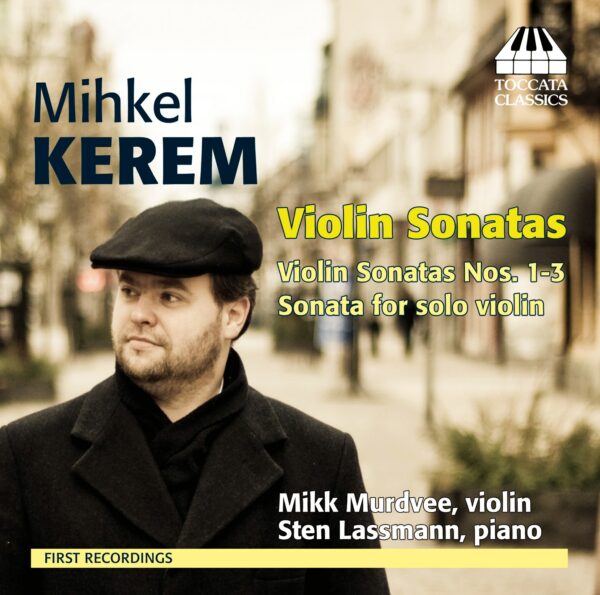
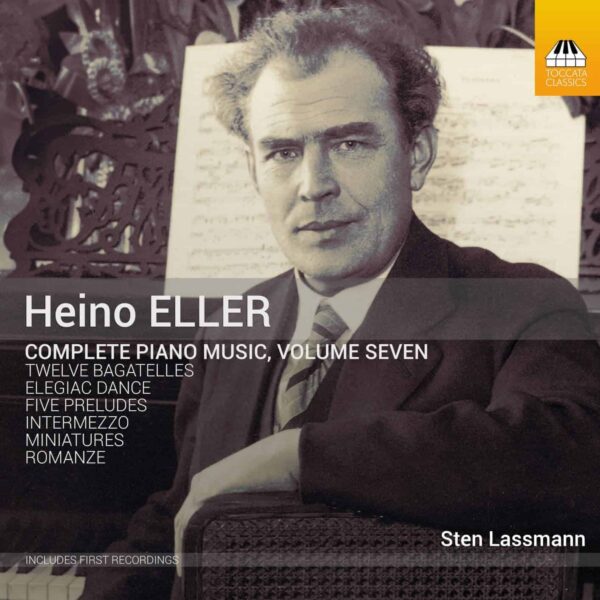
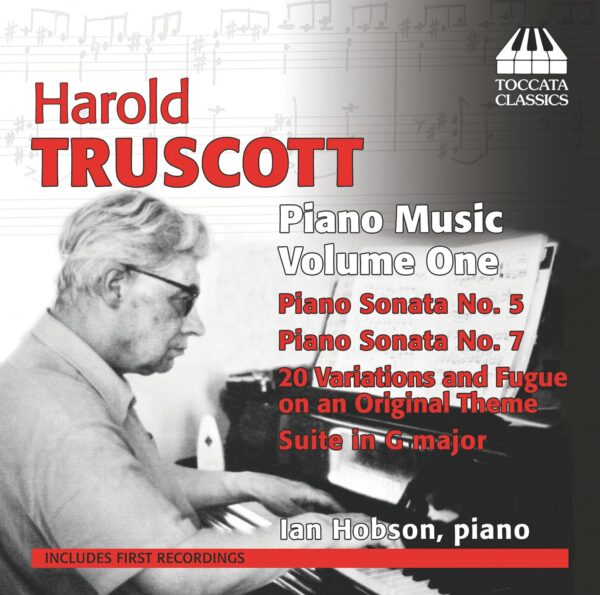
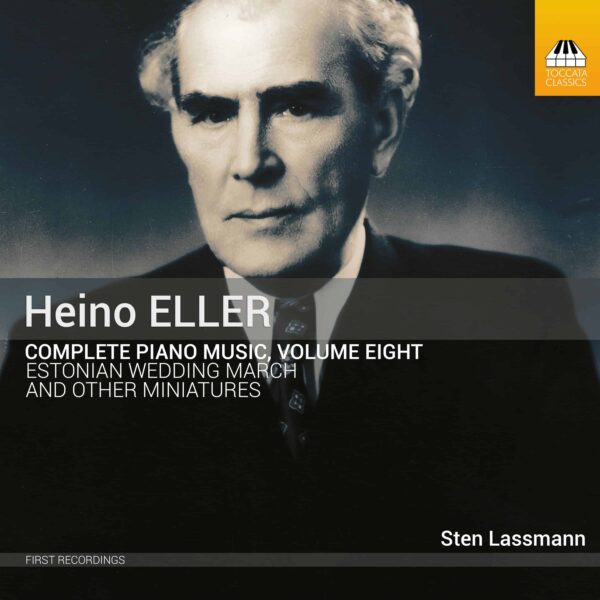
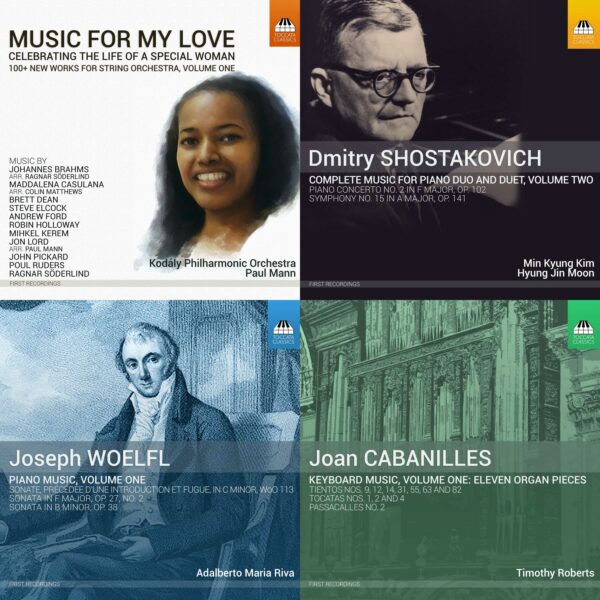
MusicWeb International :
‘Murdvee and Lassmann are excellent throughout, sophisticatedly communicative of phrase and tone and compelling champions for Kerem’s music. […]
Sound quality is first-rate. The English-only notes are by Kerem himself, well written, informative and cordial. These are premiere recordings, and mark Kerem’s debut as a composer on CD. The first of many, surely.’
—Byzantion, MusicWeb International
Fanfare Magazine :
‘Anyone who believes traditional tonality to be no longer capable of expressing anything more than timeworn clichés should listen to Kerem’s work. […] Murdvee and pianist Sten Lassmann play the quiet, chaconne-like Postlude” with overwhelming conviction, as though they considered Kerem the greatest composer of his – or maybe any – era.Murdvee produces a prodigious quantity of sound from his instrument, all of it rich and elegant, despite the aggressive personality of the music itself.
The Second Sonata, significantly shorter, also falls into three movements, the first of which, Commodo, engages in broad-arched, more overtly romantic expression; the performers adjust to this gentler form of communication as successfully as they did the First Sonata’s acerbity. The richness of Murdvee’s violin in its lower registers contributes greatly to the impact of these passages. […]
The vitality of that music, the urgency of the performances, and the lively presence of the recorded sound combine to earn this release of premieres an urgent recommendation.'{…]
—Robert Maxham, Fanfare Magazine March/April 2013